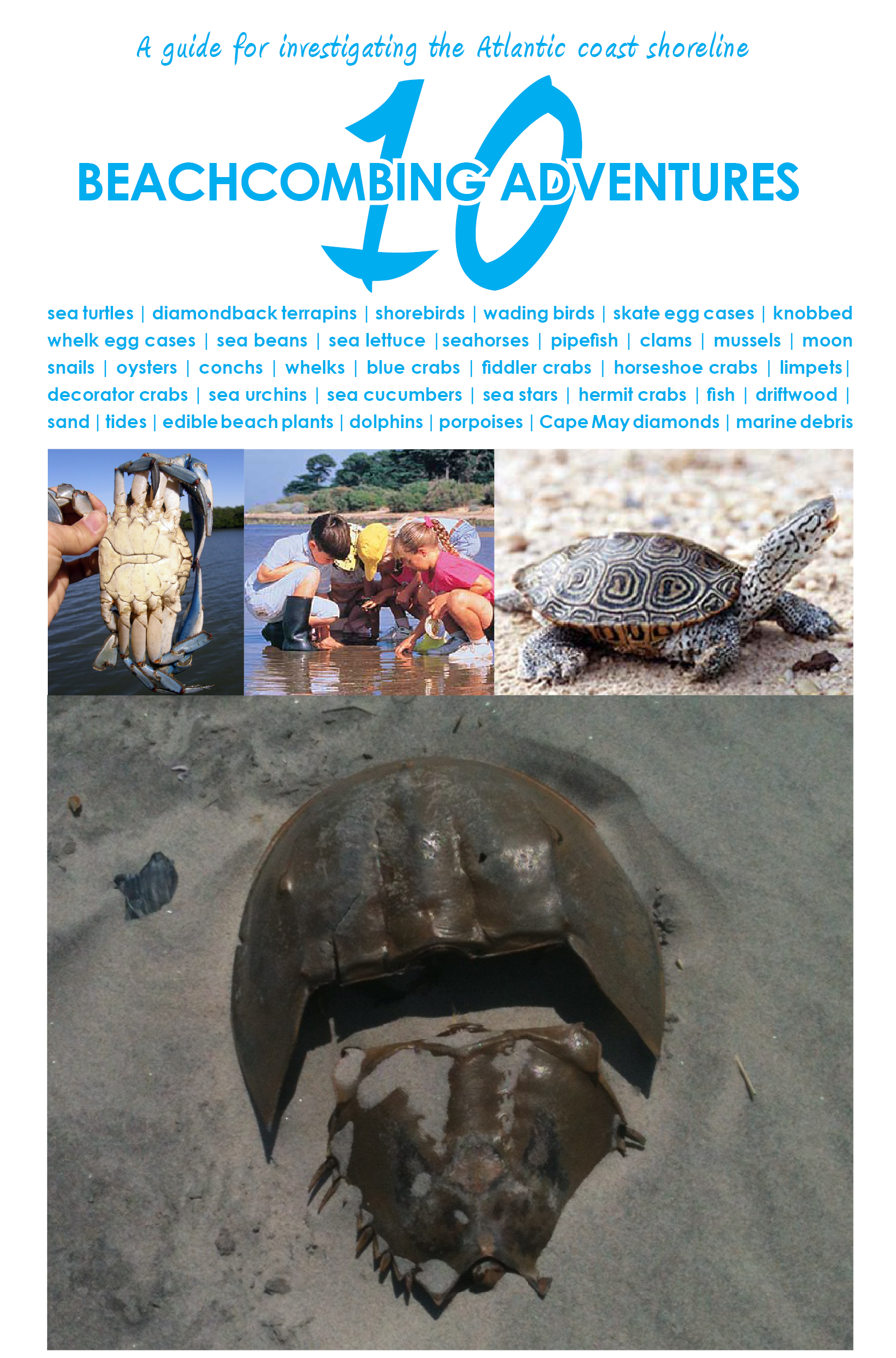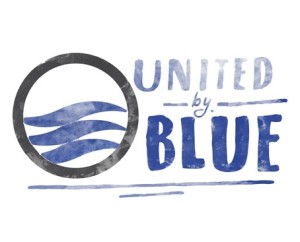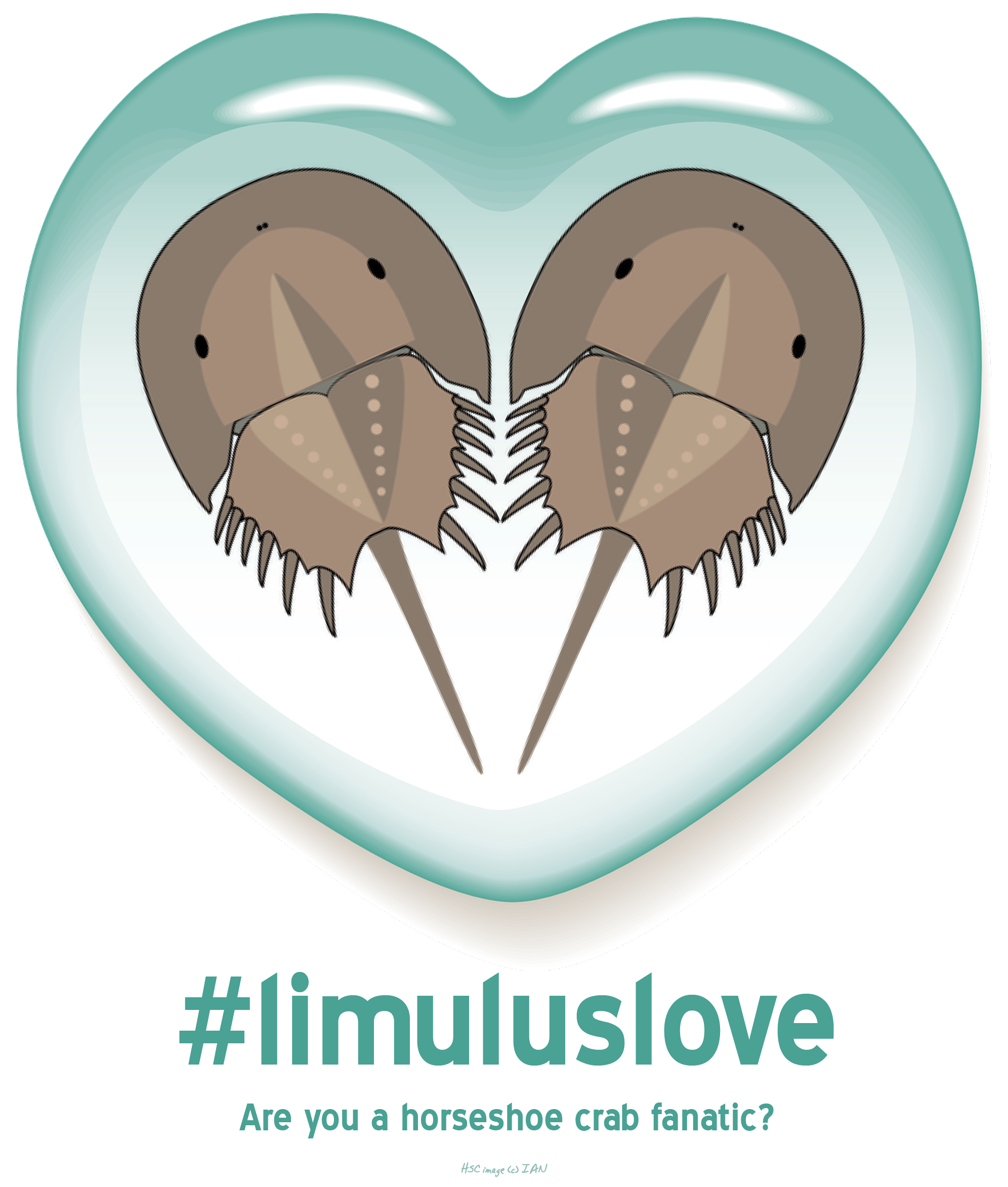We did it! Here is the Beach Chair Scientist’s 2011 version of the A, B, Seas.
Marine & Freshwater Environmental Education
Follow BCS on Twitter
My TweetsWant updates on BCS posts?
Scroll through the BCS archives …
Learn more on …
Random posts from BCS …
Why do you hear the ocean echo from a shell?
The larger the seashell the louder the sound, right? It is the space inside the shell that creates the sound. Well, the space inside the seashell bouncing against the sounds of your surroundings. For the most part people are experimenting with this seashell symphony at the beach where there is a lot of space for […]
What they’re into … with Jessica Servis (Reach Program for US Sailing)
And so it concludes, this is the last installment of the “What Marine Conservationists Are Into …” series. This is a series I featured this summer to get a special sneak peek at the many different personalities behind the scientists, activists, and educators (including bloggers) who play an integral role in the marine science conservation […]
What is sea glass?
Sea glass can be thought of as a well traveled piece of history. The hard substances that you find have spent a considerable amount of time floating in the ocean. It has been tumbling along the sand and water for so long that that the glass, slate or what have you, has been polished by […]
What eats sea urchins? Revisited
Back in 2008 we brought you some information on what eats sea urchins. After all, it is hard to imagine anything being able to enjoy the spiny echinoderms. Here is an interactive game (you must have Flash) produced by Stanford University that takes it one step further. Try to place which animals and/or plants are […]
5 questions to test your ocean knowledge.
What causes ocean dead zones? a) Fertilizer run-off b) Sewage run-off c) Animal waste from farms d) All of the above What is the world’s saltiest ocean? a) Atlantic b) Pacific c) Indian d) Artic What is the world’s shallowest ocean? a) Artic b) Atlantic c) Indian d) Southern What percentage of the world’s oceans […]
World Oceans Day is June 8th
June 8th is World Oceans Day, the UN-designated day for the global community to celebrate and take action for our shared ocean. So start the weekend off on a wave of advocacy and share the message that you have concern for the sea with your friends and family. My call to action in honor of […]
8 reasons to kick your heels about eels
In no particular order here are some interesting (and exciting) facts about eels. In college I built some eels ladders for a stream in southern New Jersey so these little critters do have a special place in my professional heart. Moray eels have the ability to tie their bodies in knots and use this to […]
Longfin inshore squid pulses to Cypress Hill
No one can deny that cephalopods are smart and elusive creatures, and here is yet another example that proves the point. Scientists at Marine Biological Laboratory in Woods Hole, MA did experiments on the axons of the longfin inshore squid and were excited to see a vibrant color-changing spectrum of the squid’s brown, red, and yellow […]
Beyond the beach: What else is there to see this summer at the shore?
Taking a trip this summer to the beaches along New Jersey, Delaware, Maryland, or North Carolina? Don’t forget there is a lot to see beyond the sea. Late last month my family and I were back home briefly and decided to check out the Nature Center of Cape May. It was the perfect venue to […]
The Dating Game: Marine Biologist Edition
With just ten days until Valentine’s Day, I thought I would try to uncover the most sought out after fictional marine biologist. Fill out the survey and on Valentine’s Day, the character with the most votes will be revealed. I do recognize that this is skewed and only includes male marine biologist characters. What can […]
Flickr photos …
What people are saying …
- Robert Emahiser on Why you should never walk on dunes
- Lesa on 10 brief facts on bioluminescence
- Lisa on Limulus Love
- Beach Chair Scientist on 17 facts about the wee sea potatoes
- Bernard Rejterada on 17 facts about the wee sea potatoes
- Brian on What is the difference between a summer and winter flounder?
- Inbound marketing on 15 facts about the Portuguese man-of-war that’ll have you saying “Didya know…?”
- Donnie Huckabee on Wordless Wednesday | Shell art
- John on Why you should never walk on dunes
- ItzJaylaD on What I know about whale sharks
Top posts & pages from BCS …
- Hurricane vs. Cyclone vs. Typhoon
- A House for Hermit Crab
- How to handle a horseshoe crab
- Snot's your house
- Wednesday Wisdom: Various quotes (Alaska scenes)
- A naturalist's must-see destination: Fossil Hunting at Bayfront State Park in Chesapeake Beach, MD
- Belly biology creates lasting memories
- Five awful puns about courtship in the sea
- Horseshoe crabs confirmed as members of arachnid family
- Beyond the bag: Other plastics being banned







Hey, this is a fabulous and fun series–thanks for the smiles!